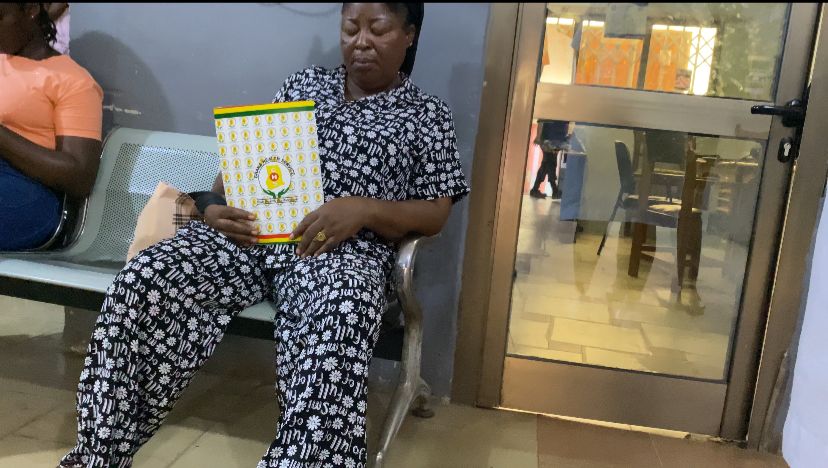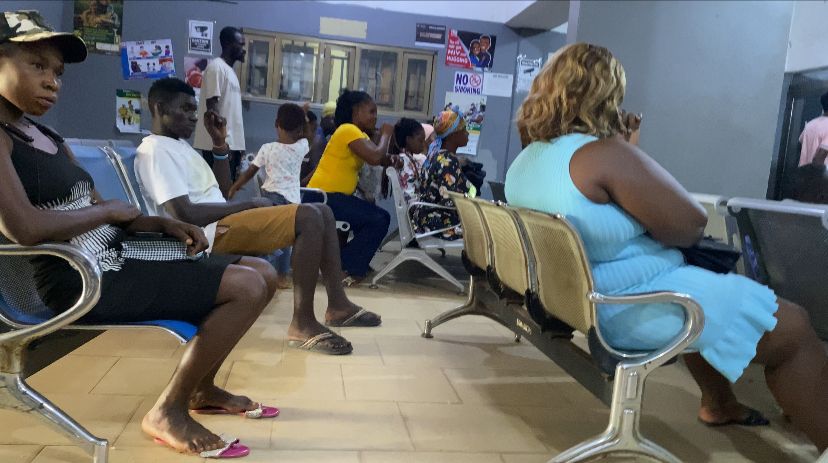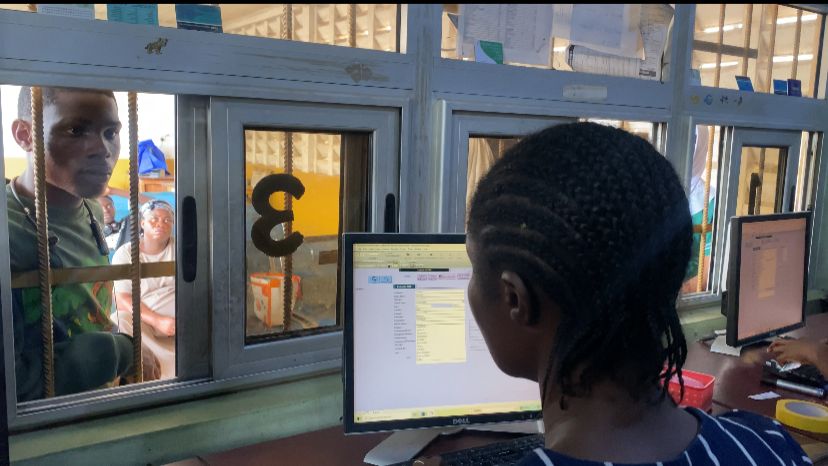There is frustration in many public health facilities in the Ashanti region as doctors and nurses have returned to taking medical records in folders and exercise books after the electronic health platform for taking medical history broke down for almost a week.
The shutdown is delaying medical care delivery in most facilities, leaving patient’s lives on the line as health workers break their backs to serve their medical needs.
Over the course of the week, major public health facilities have witnessed long winding queues of patients seeking critical care after a digital platform for taking medical records broke down.
The Lightwave Health Information Management System (LHIMS), a web-based software platform, assists in health care delivery and administrative functions.
A visit to some health facilities in the Ashanti region revealed many patients in frustration and anxiety as their lives hung on the thread.
At the Ejisu Government Hospital, patients were seen wielding folders in queue to seek medical attention.

Their healthcare officers buried their heads in the folders to write their medical data
Patients have been left distraught, waiting in the long queues.
“I came here around 7 am and after waiting in long queues I have now been served. If I knew this was the situation, I would have gone to a private facility,” a patient said.
The situation has been similar at the Komfo Anokye Teaching Hospital and Suntreso Government Hospital.
Health officers reportedly resorted to writing in exercise books, presenting a physical discomfort to the frontline workers and a financial burden on management.
Some facilities confirm losing medical data records of patients since 2023.

Many of them are now desperately seeking alternatives to ease the burden.
Management of the Manhyia Government Hospital after enduring a week of the discomforting situation has found an alternative digital platform.
When the news team visited the facility, it was evident – the long winding queues witnessed previous days had reduced.

For many of these facilities, they urgently want a return to the electronic system.
But until then, they must endure some days of pain to their wrists and fingers while the patients cry for expedited healthcare delivery.
Source: Emmanuel Bright Quaicoe


